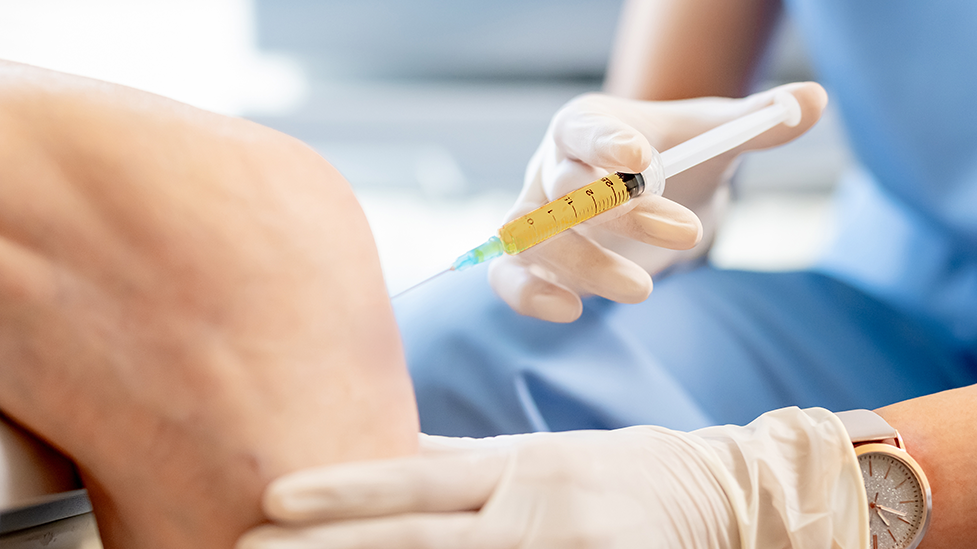Pain Management
PRP 101: Everything you Need to Know

Pain Management

Platelet-Rich Plasma, commonly known as PRP, is a high dose concentration of platelets from a person’s own whole blood. Platelets are a type of blood cell known for their role in clotting and wound healing. PRP therapy utilizes a high concentration of the patient’s own platelets and their growth factors to promote healing in various tissues including joints, tendons and ligaments.
PRP therapy is used in various medical and cosmetic fields, including:
If you’re searching for a naturopathic doctor offering PRP in Phoenix or PRP injections in Scottsdale, it’s important to choose a provider with experience in regenerative medicine. Our clinic specializes in PRP therapy to support healing and optimize patient health.
How it Works
Platelets contain numerous growth factors and cytokines that:
If you’re considering PRP therapy, consulting with an experienced regenerative medicine physician is essential to determine its suitability for your specific condition.
Platelet-Rich Plasma (PRP) offers several benefits across various medical and cosmetic applications due to its ability to promote healing, reduce inflammation, and stimulate tissue regeneration in the body. Here are some major benefits of PRP:
The procedure is a minimally invasive medical treatment that is completed within 1.5 hours and typically involves the following steps:
Initial Consultation
Blood Collection
Centrifugation
PRP Preparation
Treatment Area Preparation
PRP Injection
Post-Procedure Care
Duration
Recovery and Results
Safety and Comfort
This straightforward process makes PRP an appealing option for natural healing and rejuvenation.
Whether Platelet-Rich Plasma (PRP) therapy is worth the investment depends on several factors, including the condition being treated, the individual’s expectations, and financial considerations. Here’s an analysis to help you decide:
PRP is widely used in orthopedics, dermatology, and sports medicine for its ability to accelerate healing. Many patients experience significant improvements within 4-6 weeks, though multiple sessions may be needed for long-term results.
Longevity of Results
PRP is generally considered an elective procedure, meaning most insurance plans do not cover it. However, for many patients, the long-term benefits outweigh the cost compared to other treatments.
Yes, if:
No, if:
Many high-profile athletes across various sports have reportedly used Platelet-Rich Plasma (PRP) therapy to recover from injuries, enhance healing, and return to action. Here are some notable examples:
Tiger Woods (Golf)
Rafael Nadal (Tennis)
Kobe Bryant (Basketball)
Hines Ward (Football)
Alex Rodriguez (Baseball)
Stephen Curry (Basketball)
Peyton Manning (Football)
Cristiano Ronaldo (Soccer)
Derrick Rose (Basketball)
Matt Kemp (Baseball)
Why Do Athletes Choose PRP?
If you’re considering PRP therapy, consult with an experienced regenerative medicine physician to determine if it’s right for you. Our clinic offers PRP therapy in Phoenix and Scottsdale, helping patients achieve pain relief, improved mobility, and aesthetic enhancements naturally.
Contact us today to schedule a consultation and take the first step toward healing with PRP therapy!
Metabolic Health
Regenerative Medicine